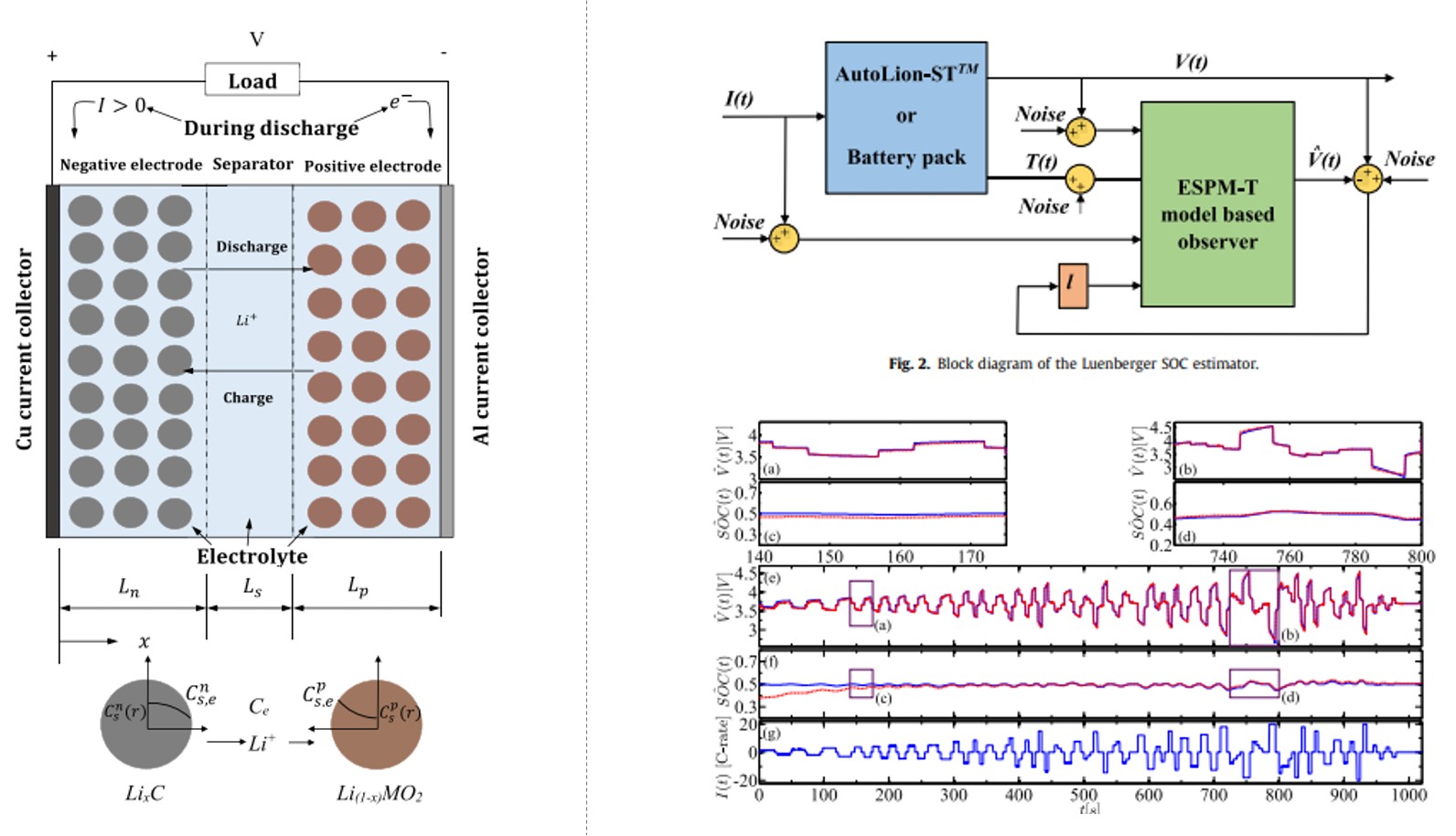Model-Based Lithium Ion Battery Management, Control, Estimation, and Aging Prediction

Investigators - Mayank Garg, Dr. Christopher D. Rahn, Dr. Chao-Yang Wang
Lithium ion batteries are becoming increasingly important components in vehicle powertrains. Low order, explicit models of lithium ion cells are critical for real-time battery management system (BMS) applications. An advanced BMS ensures safe and efficient power utilization, estimate state of charge (SOC) and state of health (SOH), and balance cell strings. The accuracy of model based SOC and SOH estimations depends on the accuracy of the underlying electrochemical model, including temperature effects that greatly influence cell dynamics. The challenge is to choose the best cells and the optimal pack size to maximize fuel economy at minimum cost, taking into consideration of the fact that batteries age and their performance degrades. Our research is focused on what type of cell is needed for applications from HEV to PHEV to EV, safe and efficient battery utilization, and how the usage associated with the application influences cell degradation using low order and explicit model based analysis and experimental validations.
We developed a linearized 7th order, electrolyte enhanced single particle model (ESPM) with electrolyte diffusion dynamics and temperature dependent parameters (ESPM-T). The impedance transfer function coefficients are explicit in terms of model parameters, simplifying the implementation of temperature dependence and cell temperature is typically measured in a lithium ion cell pack. ESPM and ESPM-T is a great tool for advanced battery management, control, and estimation for HEVs.
We also developed a nonlinear ESPM (NESPM) and coupled with a cell aging (solid electrolyte interphase (SEI) growth) model for commercial gr/LFP cells and validated experimentally with aggressive HEV current profiles. The NESPM-aging model is a great tool to investigate the impact of dynamic drive cycles on battery aging. The understanding generated from this study will guide the design of the vehicle control strategy to avoid excessive aging without being too conservative.
We are working on extending the cell level models into pack level model to analyze pack dynamics in response to different thermal conditions and aging.
|
Publications |

